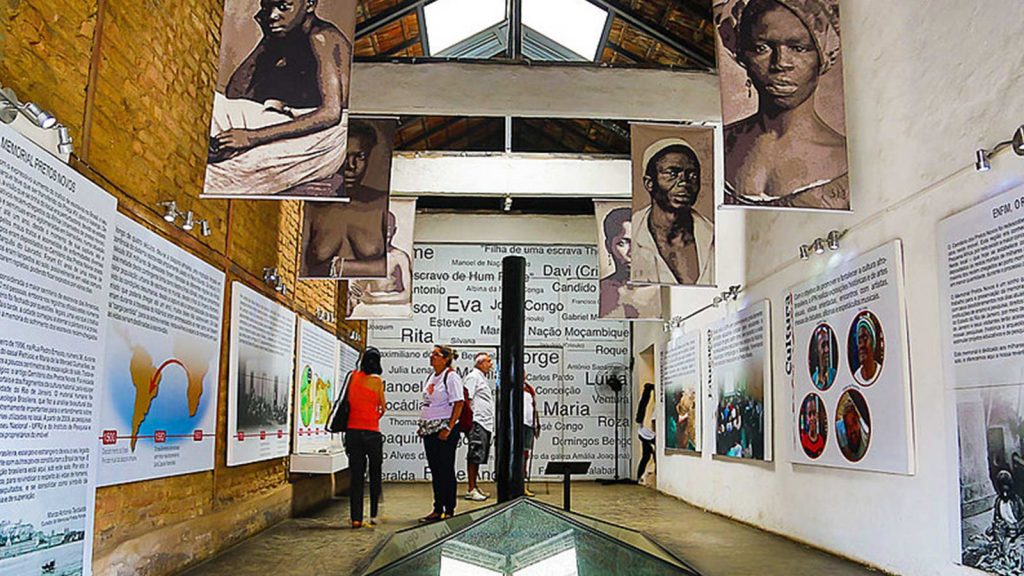
By Alexa Imani Spencer, Black Enterprise — A cemetery of enslaved Africans in Brazil has been discovered and turned into a museum after nearly 200 years. The cemetery site was…

By Alexa Imani Spencer, Black Enterprise — A cemetery of enslaved Africans in Brazil has been discovered and turned into a museum after nearly 200 years. The cemetery site was…

Editor’s Note: Historically, the Institute of the Black World 21st Century has celebrated August as “Marcus Garvey Month” and August 17th as “Universal African Flag Day”, a time to honor…

Haitians carried out the first and only successful slave revolt in modern history, then repelled Napoleon’s forces, making way for the Louisiana Purchase. By Annette Gordon-Reed, NYT — When assassins…
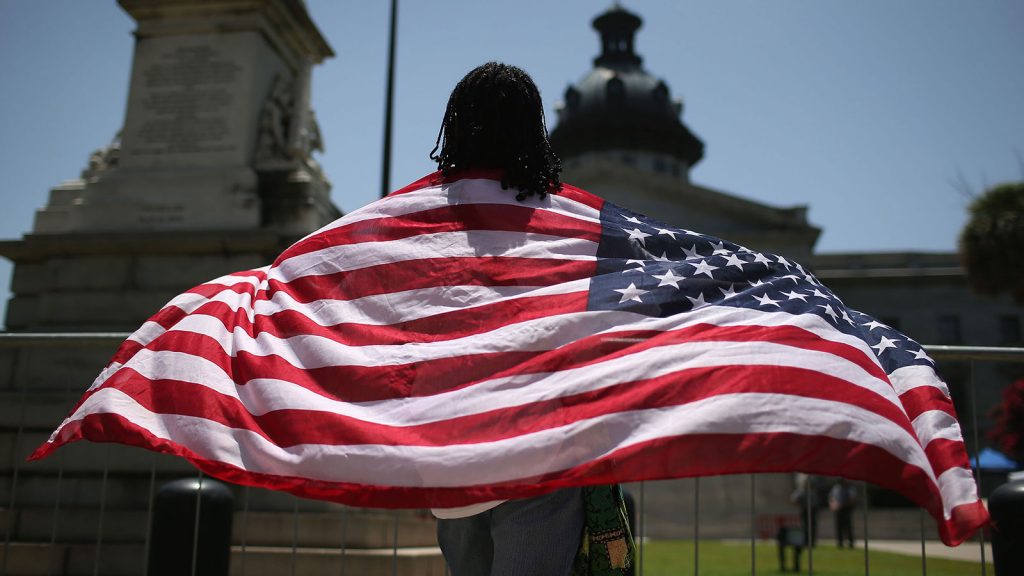
What is the point of American history? David French on how teaching the positive and the negative is key to understanding this country. By David French, TIME — Why do…
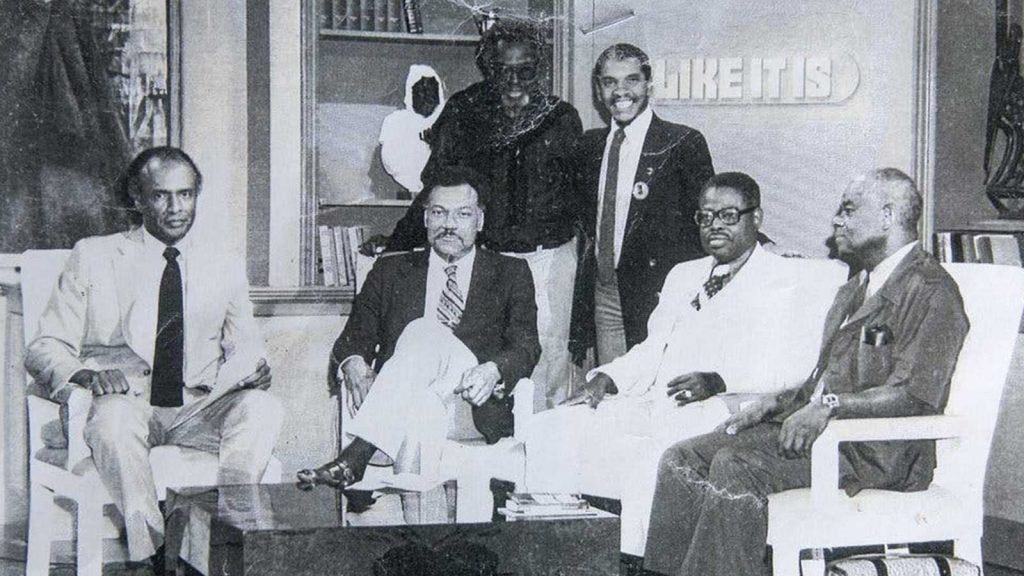
Dr Yosef A.A. ben Jochannan seated in the middle of legendary history scholars Dr. Ivan Van Sertima and Dr. John Henrik Clarke on Gil Noble’s talk show ‘Like It Is.’…
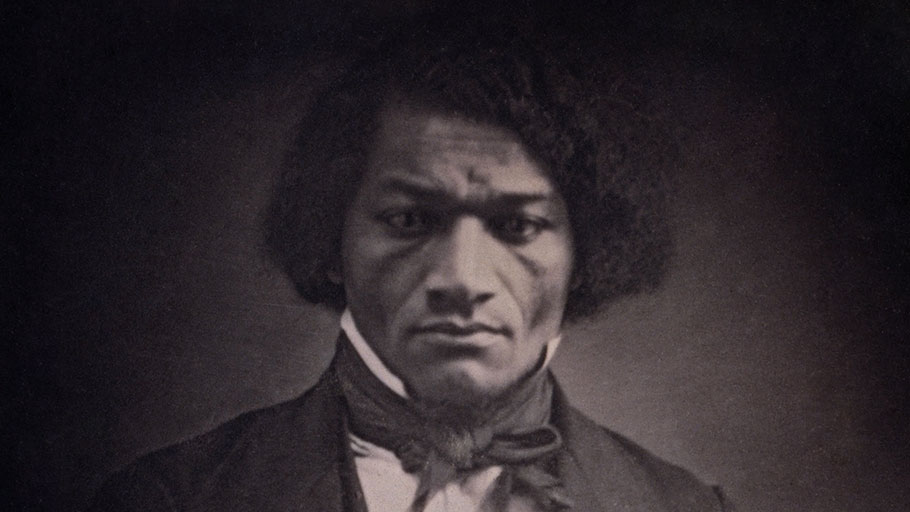
On July 5, 1852, Frederick Douglass gave a speech at an event commemorating the signing of the Declaration of Independence, held at Rochester’s Corinthian Hall. —— Mr. President, Friends and…
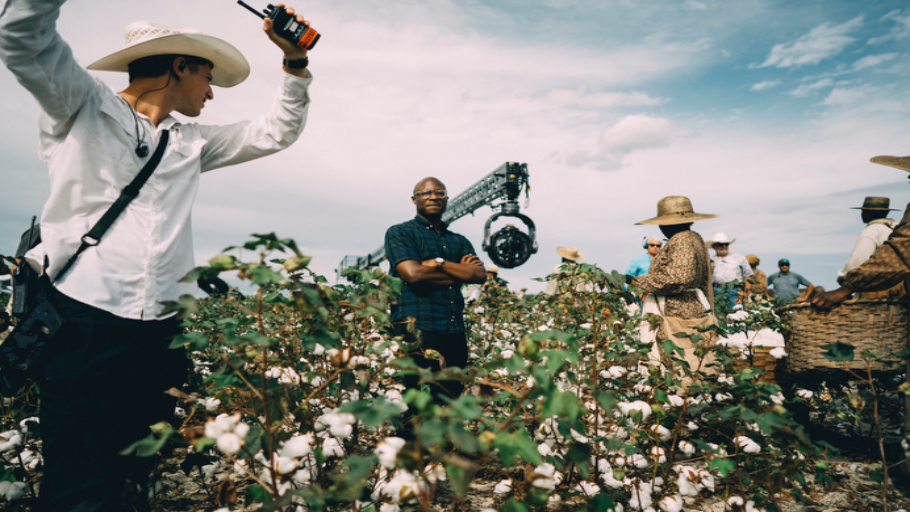
By William Nash — Speaking on NPR’s Fresh Air, Barry Jenkins, the director of “The Underground Railroad,” noted that “before making this show … I would have said I’m the…
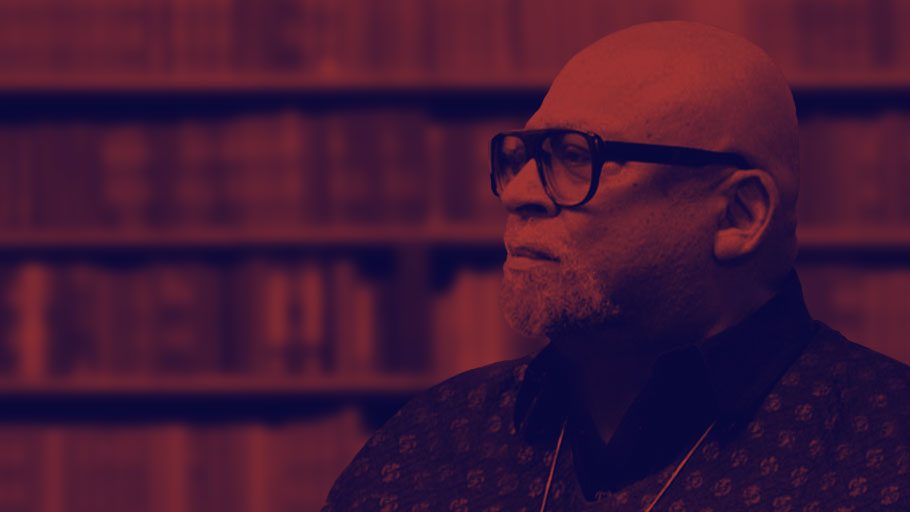
By Dr. Maulana Karenga — This year’s celebration of Black History Month II: Women’s Focus comes at a time of the pandemic COVID-19 and the continuing pathology of oppression. It…
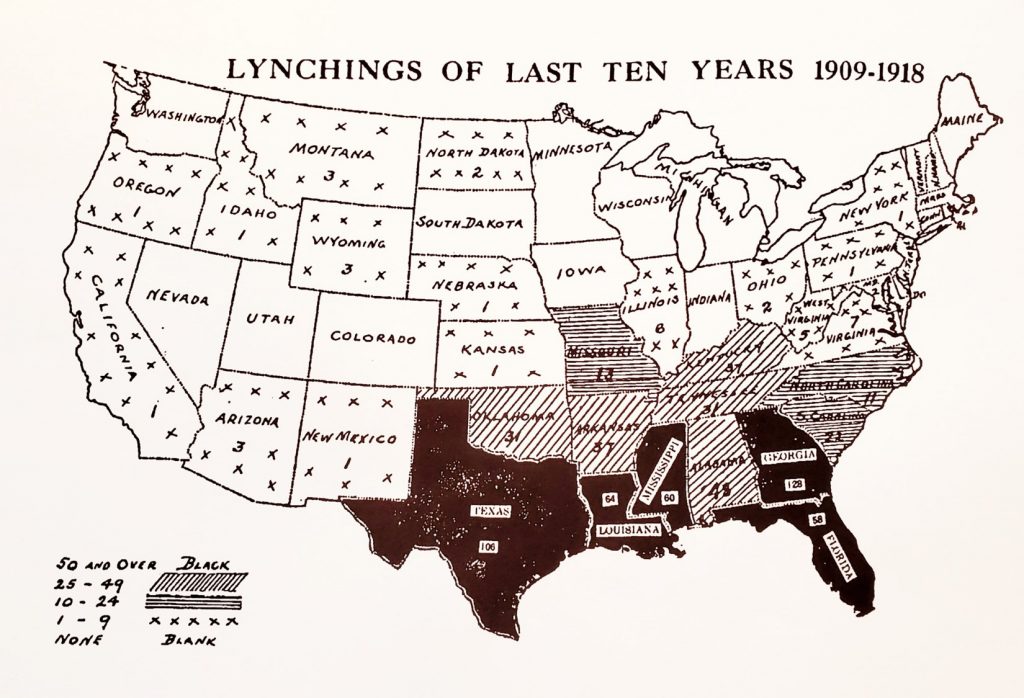
By Derek H. Alderman, Joshua F.J. Inwood— How can maps fight racism and inequality? The work of the Black Panther Party, a 1960s- and 1970s-era Black political group featured in a new…

By Cedric ‘BIG CED’ Thornton — A Black woman, who started as a part-time server, is now an owner of her very own Outback Steakhouse restaurant in Michigan, less than 20…
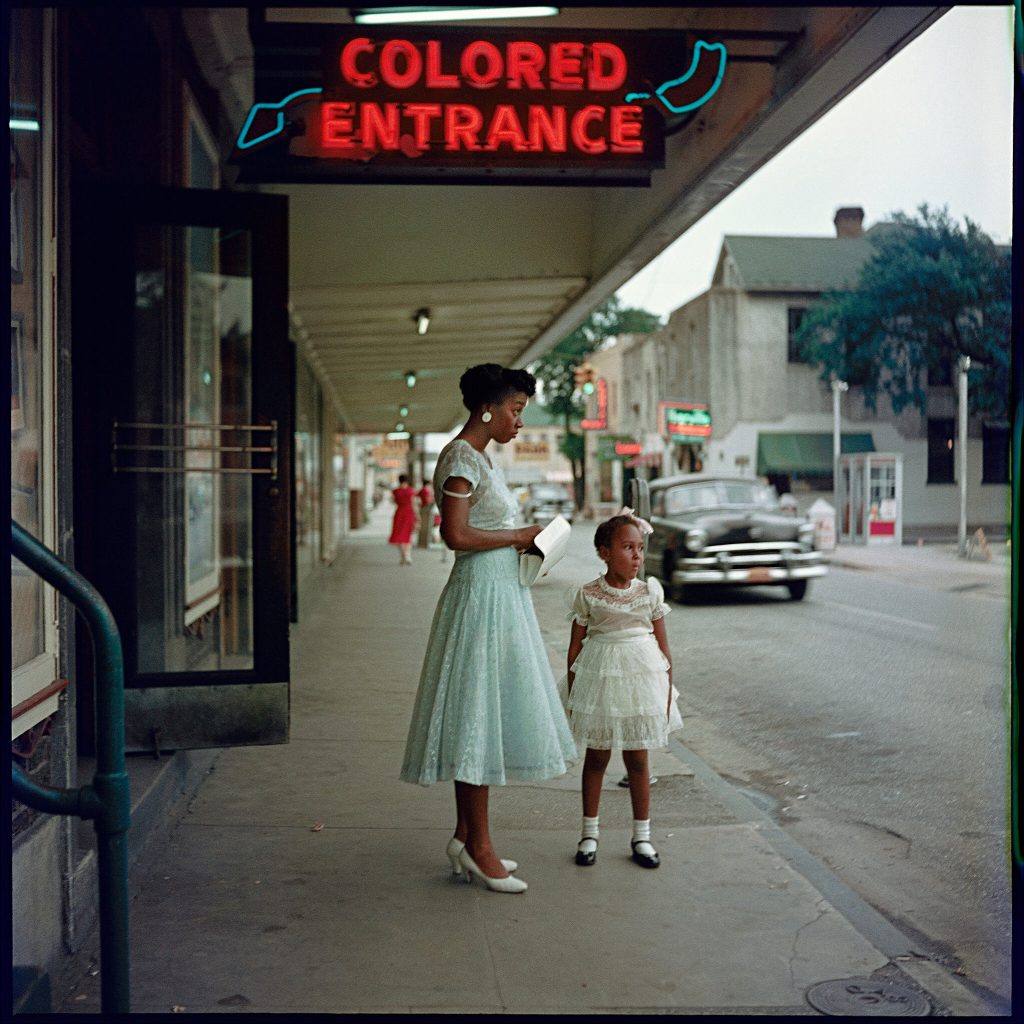
The failure to appreciate Black history leaves our nation incomplete. By Jonathan Holloway— Many of the insurrectionists who stormed the Capitol on Jan. 6 were driven by a belief that…
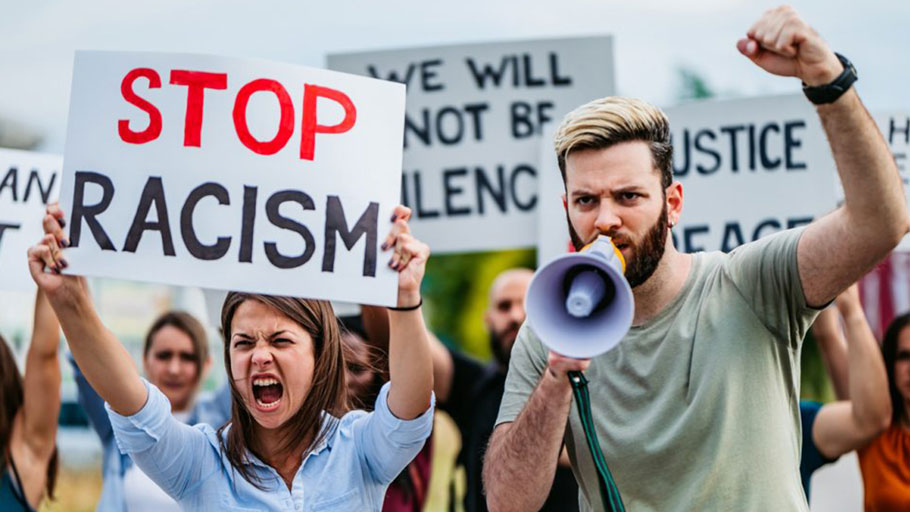
By Anthony Quinones— Many historically marginalized groups have the ability to address the atrocities done to them. For example, Jewish people are still talking about the Holocaust. The Nazis killed…